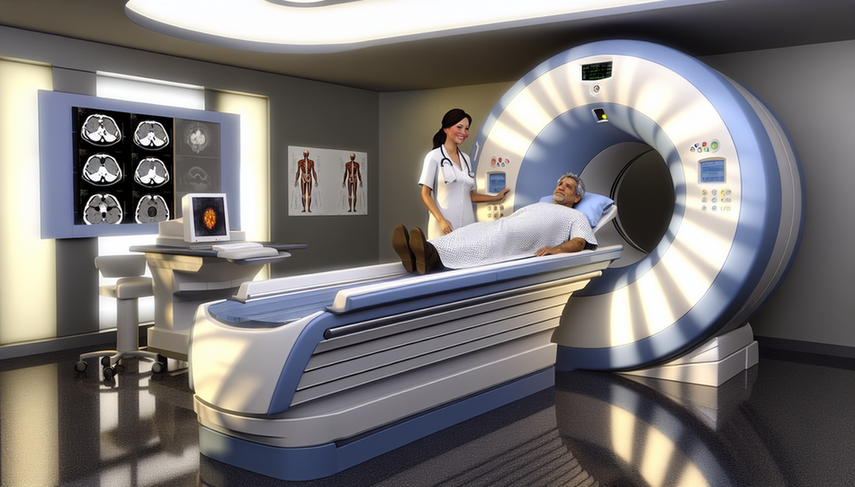PET-CT Technology in Oncology: Nuclear Medicine for Early Tumor Detection

The early detection of tumors is a fundamental pillar in modern oncology, and PET-CT technology has emerged as a crucial tool in this field. The combination of positron emission tomography (PET) with computed tomography (CT) allows for detailed visualization of metabolic activity and body anatomy, facilitating the identification of tumors at early stages. This capability of nuclear medicine not only enhances diagnosis but also optimizes treatment planning and monitoring of therapeutic response.
Diving Deeper into PET-CT Technology
The use of PET-CT in oncology has revolutionized the way various types of cancer are detected and managed. For instance, in prostate cancer, PET-CT with prostate-specific membrane antigen (PSMA) has demonstrated superior accuracy in staging compared to conventional imaging. This technology allows for more effective detection of bone and soft tissue metastases, which is crucial for the appropriate management of the disease.
In the case of lung cancer, PET-CT with fluorodeoxyglucose (FDG) is widely used to investigate solitary pulmonary nodules and for the initial staging of non-small cell lung cancer. This technique not only aids in early detection but is also useful in planning radiotherapy and assessing prognosis.
Moreover, PET-CT has proven effective in the detection of recurrences in breast cancer, especially in cases where conventional imaging methods are inconclusive. The ability to perform a comprehensive body analysis allows for determining whether the recurrence is localized or has spread, which is vital for treatment planning.
Conclusions
The integration of PET-CT technology into clinical practice has significantly improved physicians' ability to detect tumors at early stages, which is essential for enhancing treatment outcomes and patient survival. As technology advances, we are likely to see an even broader use of PET-CT in oncology, with new applications and improvements in diagnostic accuracy. Ongoing research and development in this field promise to continue transforming the landscape of nuclear medicine and the early detection of tumors.
Referencias
- [1] Modern paradigms for prostate cancer detection and management
- [2] FDG PET-CT for solitary pulmonary nodule and lung cancer: Literature review
- [3] Joint EANM-SNMMI guideline on the role of 2-[18F]FDG PET/CT in no special type breast cancer
Created 24/1/2025
